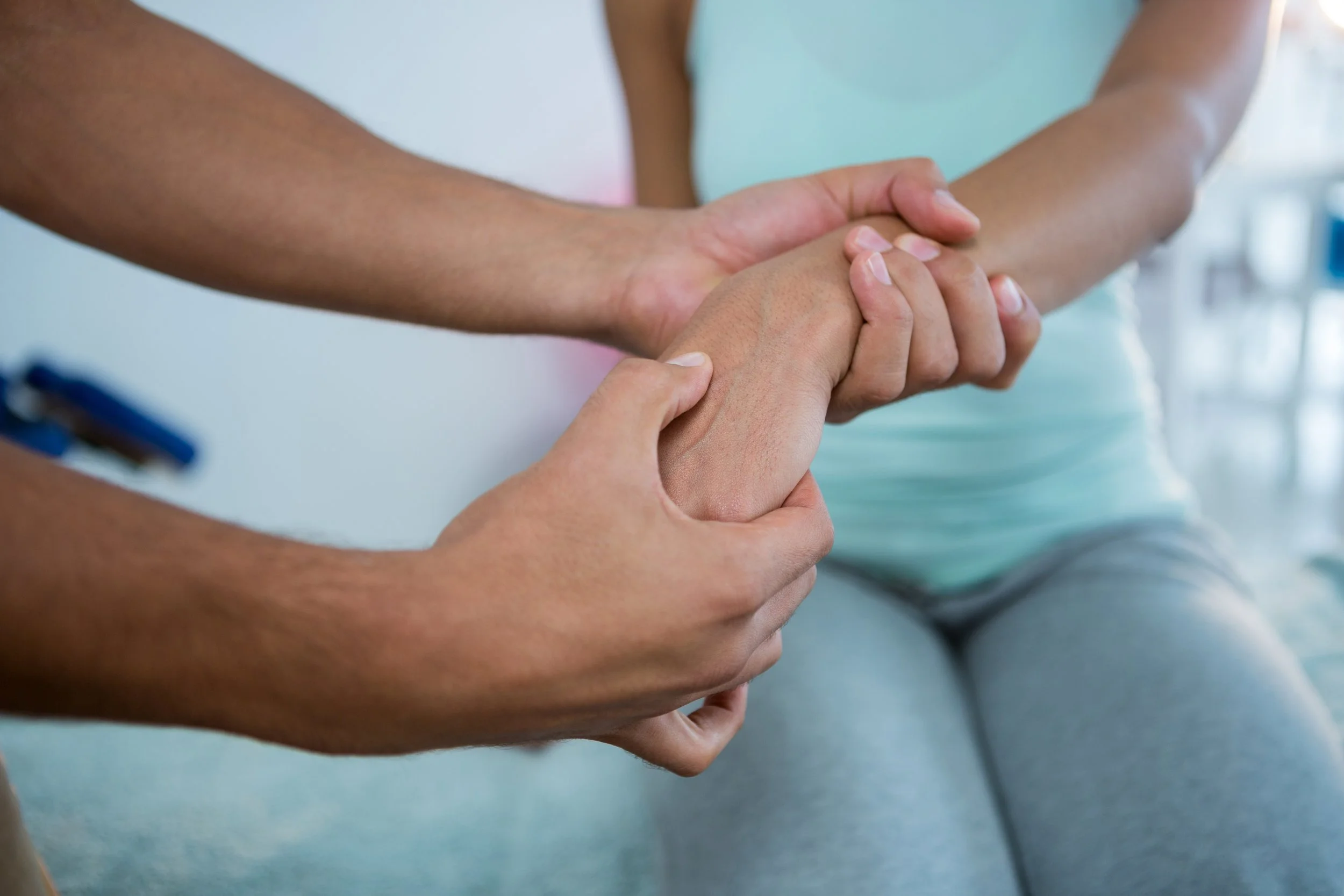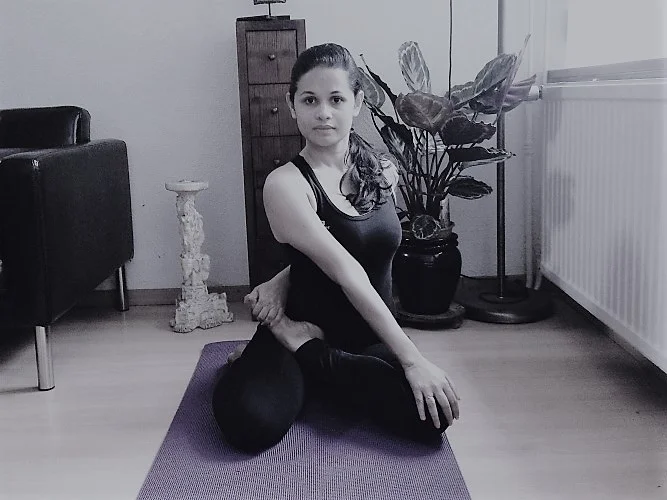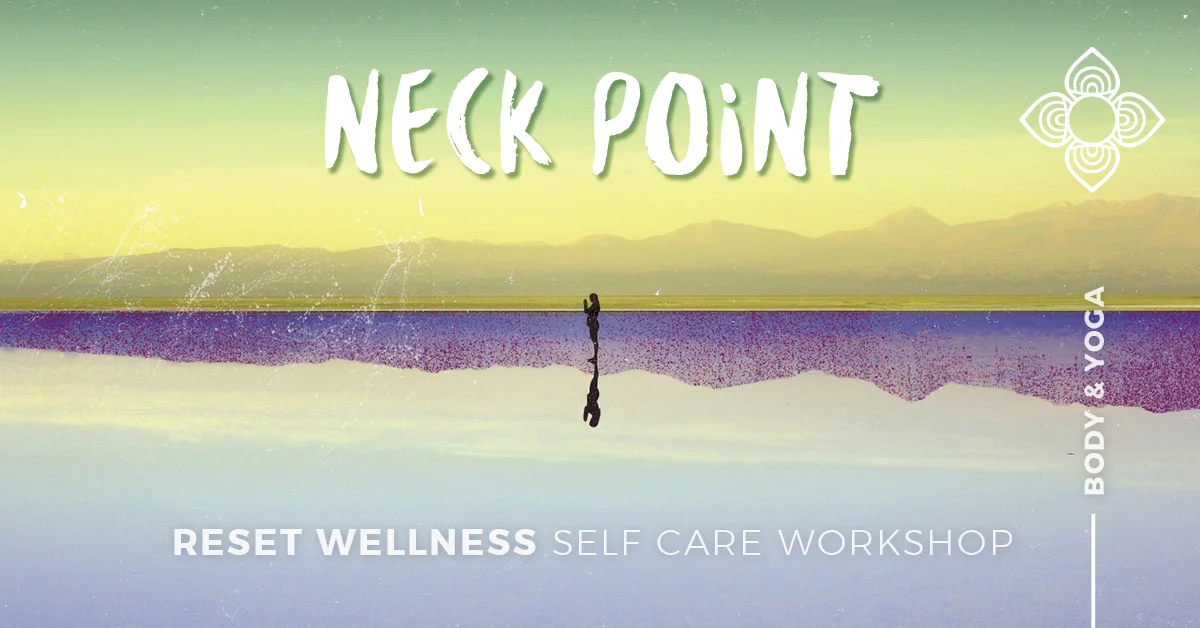7 Signs That You Need Acupuncture This Spring
/Last week was the first day of spring. Yahoo! Except for that fact that many people don’t feel so hot this time of year.
The flu is — knock on wood — mostly behind us. Allergies have not quite exploded yet. So, why do so many of us feel off in the early days of spring?
You can kindly thank your liver!
In acupuncture theory, humans are viewed as microcosms of the natural world that surrounds them. Seasons — particularly the transitional periods, when we move from from one season to the next — factor significantly into how we feel.
Each season is linked with an organ system in the body, and spring’s system is liver. This means that the liver, as it adjusts to taking over the seasonal reins, is especially vulnerable.
When the liver is vulnerable, the functions throughout the body for which the liver is responsible have a tendency to get out of whack.
Eventually, spring can become a time when the liver and its associated functions thrive. However, during this transitional period, when the liver is still finding its footing, certain symptoms commonly show up. Acupuncture improves these symptoms by restoring balance to the liver system.
Here are seven signs that your liver may need some acupuncture love:
You Feel Extra Tense
In acupuncture, liver is the system that’s responsible for smooth flow throughout the body. When the liver is not functioning optimally, things like emotional stress, rigid posture, shallow breathing, and jaw clenching may become exacerbated.
You Have Headaches and Other Aches and Pains
When things aren’t flowing smoothly, we start to experience what acupuncturists think of as stagnation-type symptoms. These include pain, and specifically pain that feels like pressure, tightness or restriction. Tension headaches and menstrual cramps are commonly worse this time of year.
Your Muscles are Really Stiff
The liver and its associated system, gallbladder, nourish the body’s connective tissue, tendons and ligaments. You may notice increased stiffness, tension or tightness in your muscles and joints in the coming weeks.
You Feel Irritable and Frustrated
Are you feeling more annoyed than charmed by the springtime sound of chirping birds? The emotional symptoms associated with Liver imbalances mimic the physical stagnation that happens. You may notice yourself feeling extra irritabile or frustrated, perhaps more easily annoyed. There’s an emotional stuckness that can take hold in spring.
Your Fuse Is Shorter Than Usual
All organ systems in acupuncture have an associated emotion. Liver’s emotion is anger. A healthy dose of anger helps complete a balanced emotional profile. However, when the liver isn’t appropriately keeping things in check, there is a tendency for anger to rise up. Along with feeling irritable, you may have a harder time than usual controlling your anger.
Your Digestion Is Messed Up
Healthy digestion is heavily dependent on consistent and smooth movement throughout the whole body. When the liver fails to maintain flow, digestive disturbances can easily occur. There’s also the whole brain-gut connection. When emotional stress is higher than usual, digestive function naturally declines.
Your Eyes Are Bothering You
Just as all organ systems have an associated emotion, they also have an associated sense. Sight goes with the liver system, so any issues related to eye health are usually attributed, at least in part, to a liver imbalance. This can include poor vision as well as eye pain and fatigue, and dry eyes. This simple exercise can help.
The Springtime Acupressure Point
If you only remember one acupuncture point all spring, it should be Liver 3.
Located on the foot, between the first and second toes (click here to see exact location), Liver 3 is the source point on the liver channel.
Source points behave sort of like central stations on subway lines. They are hubs where internal and external energies gather and transform. They are single, high-concentration points that grant access to the larger system.
Any time of year, Liver 3 is a go-to point for stagnation throughout the body. Because of the spring-liver connection, the point is doubly useful for addressing springtime stagnation-type symptoms.
Applying acupressure to Liver 3 will help get things moving like no other point. Poke around the point area until you discover a tender spot. Liver 3, if pressed firmly enough, is sensitive on most people.
Once you have the point, apply firm pressure. This should feel a little achy. The more the better on this point, so feel free to do this acupressure exercise anytime your bare feet are available. Liver 3 can be pressed on one or both sides.
Incidentally, an acupressure device we reviewed recently on AcuTake can be used for Liver 3. The device was designed for Large Intestine 4, a point on the hand, but it also fits nicely and works just as well on Liver 3 (click here to see picture).
If in the coming weeks you experience some telltale signs of a liver imbalance, don’t get down on yourself — they’re completely normal during the seasonal transition. A little acupuncture will help realign your system so that you can enjoy the wonders of spring.
This article originally appeared on huffingtonpost.com and was written by Sara Calabro






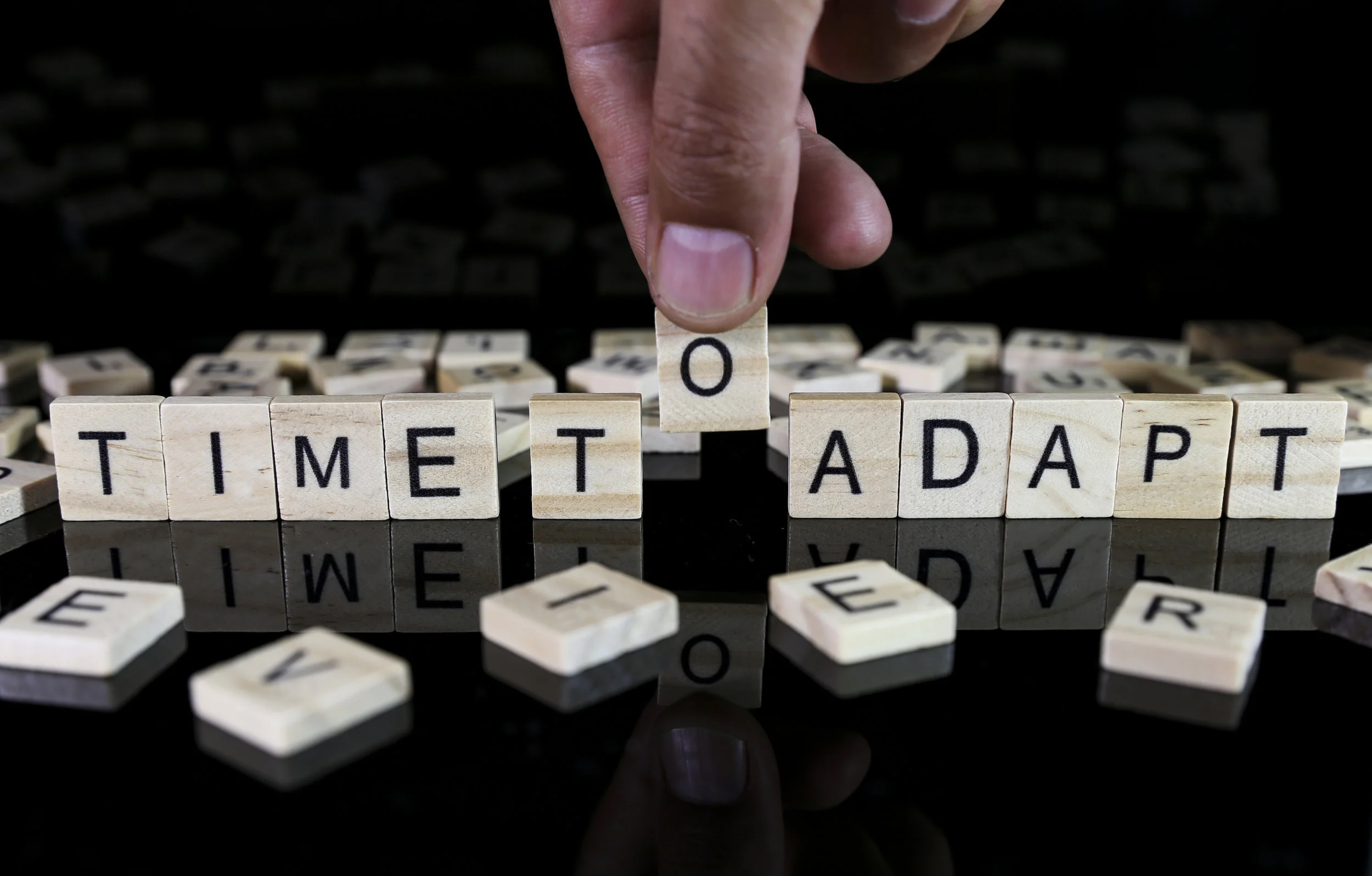
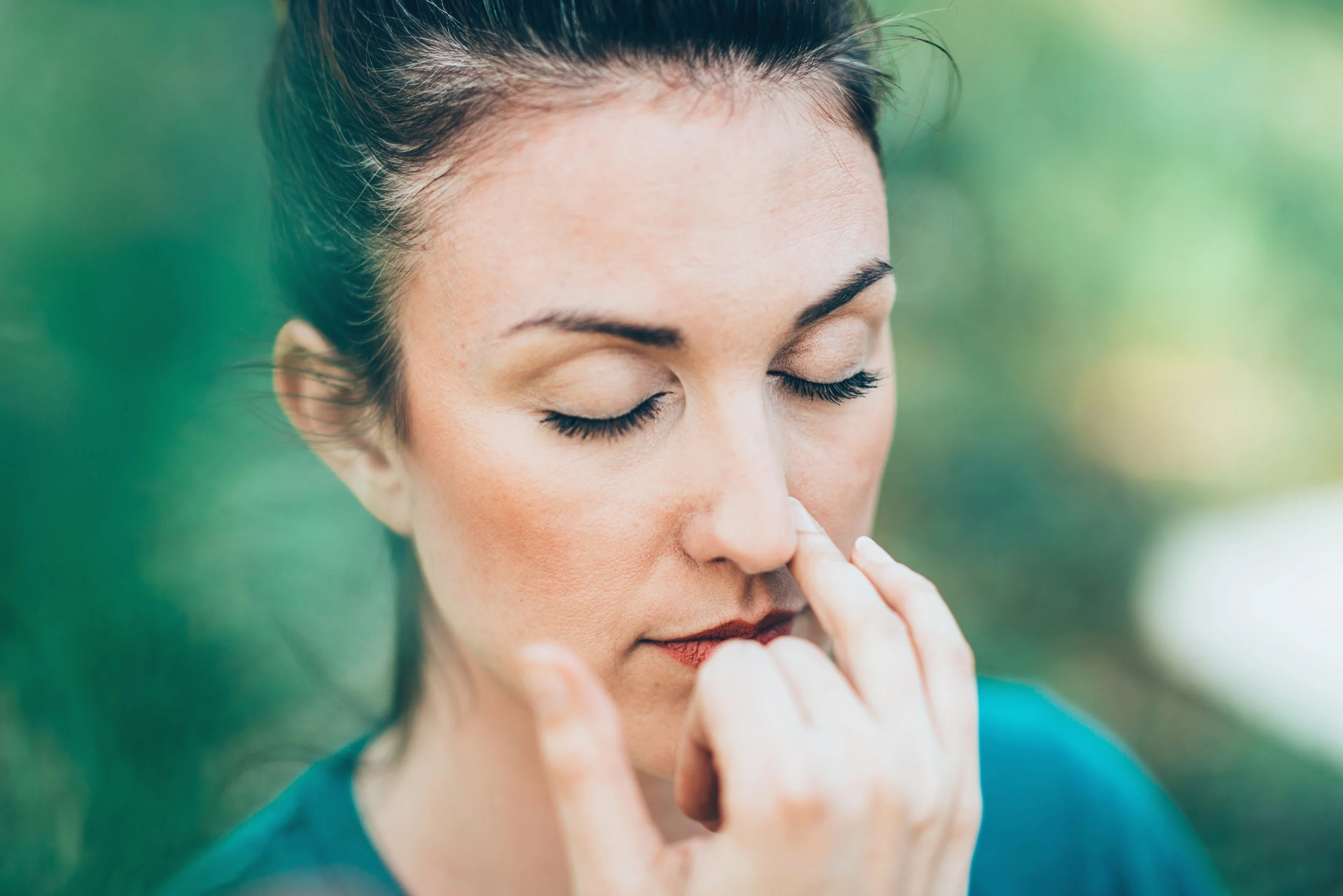



![Self-regulation “control [of oneself] by oneself"](https://images.squarespace-cdn.com/content/v1/55563e14e4b01769086817cb/1542845645966-PO2HGKF5JLUBM45UIWQ3/wee-lee-790761-unsplash.jpg)


